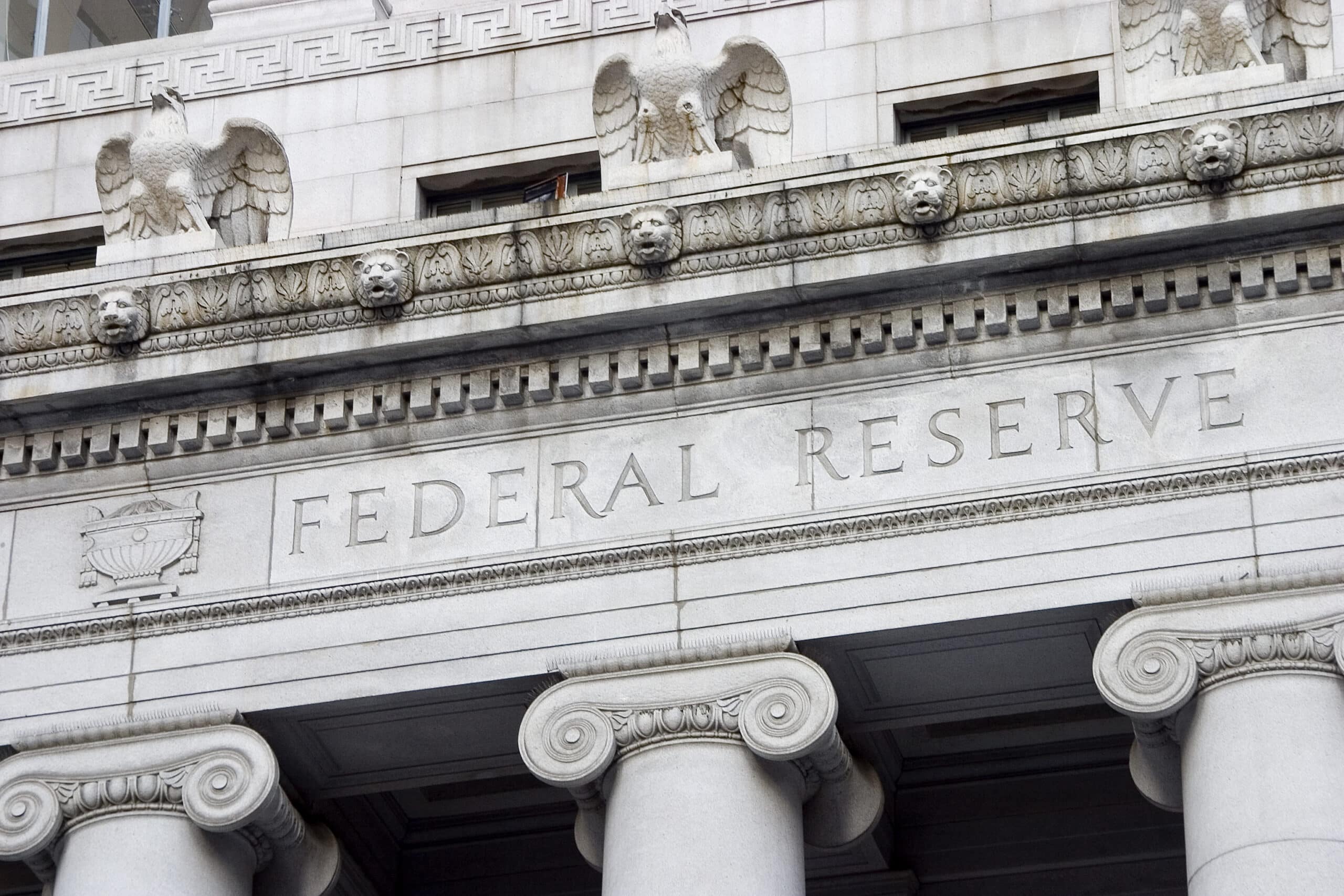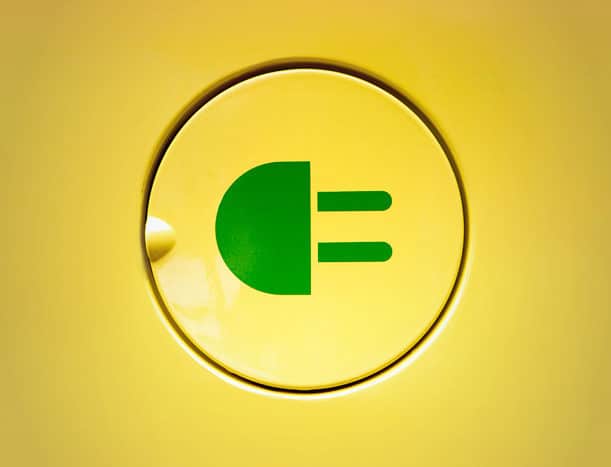No storm lasts forever: Inside India’s auto market [Feature]
Editors Note: This feature first appeared in the March issue of Auto Finance News, available now.
India’s budding economy has given rise to a new middle class, offering opportunities for financial institutions to lend to a new market of consumers. But headwinds concerning availability of credit, changing emission standards and muted vehicle sales are stifling potential growth.
In fact, the country’s entire economy has slowed. Projected gross domestic product growth in July 2019 was 7%, according to IHS Markit data. As of January 2020, projected GDP growth dropped to 4.8%. While 50% of consumers in India are first–time car buyers, growth in the auto industry has also slowed significantly this year, according to Kaustav Roy, director and country head of India at JD Power.
“After strong growth over last several years, the last year has not been good for the industry. In general, the industry has de-grown quite significantly,” Roy said. “Most of the key players have had their volumes go down.”
Total wholesale light vehicle sales in 2019 were down to 3.52 million units, a 12% decline year over year, according to data provided by LMC Automotive. By comparison, total global vehicle sales clocked in at 89 million units. Looking forward, LMC maintains a “cautious stance on the 2020 wholesale projections, given mounting global risks and a still-sluggish Indian economy,” Ammar Master, senior manager in charge of India’s forecasting at LMC Automotive, told Auto Finance News.
“However, even within this gloom, new entrants like Kia and MG Motors have done quite well. Some of the new model launches, like the Triber from Renault, have also done relatively well,” Roy said. “But overall, the industry is in a slowdown, with expected recovery only happening in the second half of the year.”
Reduction in sales volume can be attributed to several factors, Master said, but first and foremost, was tightening credit conditions.
The fall of liquidity
In December 2018, one of India’s largest nonbanking financial companies (NBFC), Infrastructure Leasing & Financial Services (IL&FS), defaulted, resulting in tight credit conditions for both businesses and consumers, Master said.
“NBFCs account for 40% of auto loans in India,” he explained. “The collapse of IL&FS resulted in reduced lending from NBFCs, tighter lending norms and banks’ reluctance to lend to vehicle buyers.” The collapse was similar to the Bear Sterns collapse in 2008 during the financial crisis, prompting U.S. lenders to tighten credit standards and take a step back from subprime.
Yet, the Central Bank of India is taking steps to curb the crisis by easing lending standards for new vehicles, residential housing and small businesses. Despite the fall, banks remain active in the space, with the top five lenders for consumer vehicles comprised mostly of banks, including Tata Finance, HDFC Bank, Cholamandalam Investment and Finance Company, Kotak Mahindra Bank, and Mahindra & Mahindra Financial Services, according to Puneet Gupta, associate director of automotive forecasting at IHS Markit. “85% of cars are financed in India,” he told AFN.
Similarly, 80% of vehicles are financed or leased in the U.S., said Joy Falotico, president of The Lincoln Motor Company and chief marketing officer at Ford Motor Credit, at AFSA’s Vehicle Finance Conference in February.
Still, captive financiers are able to hold a piece of the Indian auto market. For example, Nissan Renault Financial Services India (NRFSI), while only active in the market for five years, serves more than 100,000 unique customers, Arun Venugopal, project lead, continuous improvement and digitization at the captive, told AFN.
Adoption of internal scoring cards and the use of credit bureaus has led to a higher lending standardization in the industry, Venugopal said. Further, captives such as NRFSI are considered NBFCs, which allows them to offer more attractive rates to consumers by working directly with the OEM,” which banks are not allowed to do, he explained.
Nissan Renault’s India division offers financing for consumers on both ends of the credit spectrum. Average loan-to-value ratio is 80% of showroom pricing, with an average loan contract of 53 months. By comparison, average loan terms continue to inch up in the U.S., landing at 69 months in the third quarter of 2019. LTVs also increased this year for both new and used vehicles, rising to 100.0 and 112.2, respectively, according to data from TransUnion.
In addition, Indian consumers are becoming more aware of their credit, which has helped spur consumer lending, Venugopal said, and “customers are getting more and more financially educated with lot of awareness, which is great for the overall industry.”
Still, despite efforts to educate consumers and increase the availability of credit, other storm clouds are gathering as a new emission standard is set to add another hurdle to India’s auto market.
New emission standards
Starting April 1, India will adopt new emission standards nationwide, “leapfrogging from Euro IV to Euro VI emission standards,” JD Power’s Roy said. “This has had significant impact on OEMs model line ups, where they have had to change a lot of things to meet the emission standards in a relatively short period of time,” he said.
Increased safety regulations, like airbags and anti-lock braking systems, in addition to the new emission standards, have increased car costs, which consumers have to shoulder. This has impacted the entry level hatchbacks the most, affecting extremely price-sensitive customers. Entry-level hatchbacks comprise 46% of Nissan Renault’s market share, Venugopal said.
Dealers, too, have been under significant stress as a result of new emission standards, Roy said. “Lower sales increased [dealers’] inventory, creating pressure on [dealers’] interest payments to the banks for inventory funding. Banks tightened their norms of inventory funding for dealers so, all in all, multiple issues resulted in this slowdown and the gloomy news coming out of the auto industry in India.”
On the flip side, it is possible that heavy discounts on vehicles classified as Euro IV emission standards could close out the quarter with higher sales, according to LMC Automotive’s Master. “At the same time, increasingly available [Euro VI] compliant models could spur sales more than currently expected,” he explained.
In fact, LMC Automotive projects sales to be down 7% in the second quarter of 2020, but the third quarter should post a YoY sales spike of 23% to nearly 1 million units, according to projections. “As buyers become used to higher prices, [LMC Automotive] forecasts sales to improve in the second half of 2020,” Masters said.
No storm lasts forever. IHS Markit predicts that India’s automotive market will land in the top three by 2025, behind China and the United States, surpassing Japan, Germany and Brazil, Gupta said.
“In the midterm, the growing middle class, low car penetration and younger demographics [of car buyers] should drive car sales,” Gupta said.
Mercedes-Benz India, the country’s largest luxury carmaker, is also optimistic about India’s ability to weather the storm, managing director Martin Schwenk, said in published reports.
“I believe 2020 is going to be a solid year and we should start getting some growth back into the market. … We still have great faith in the Indian economy.”















